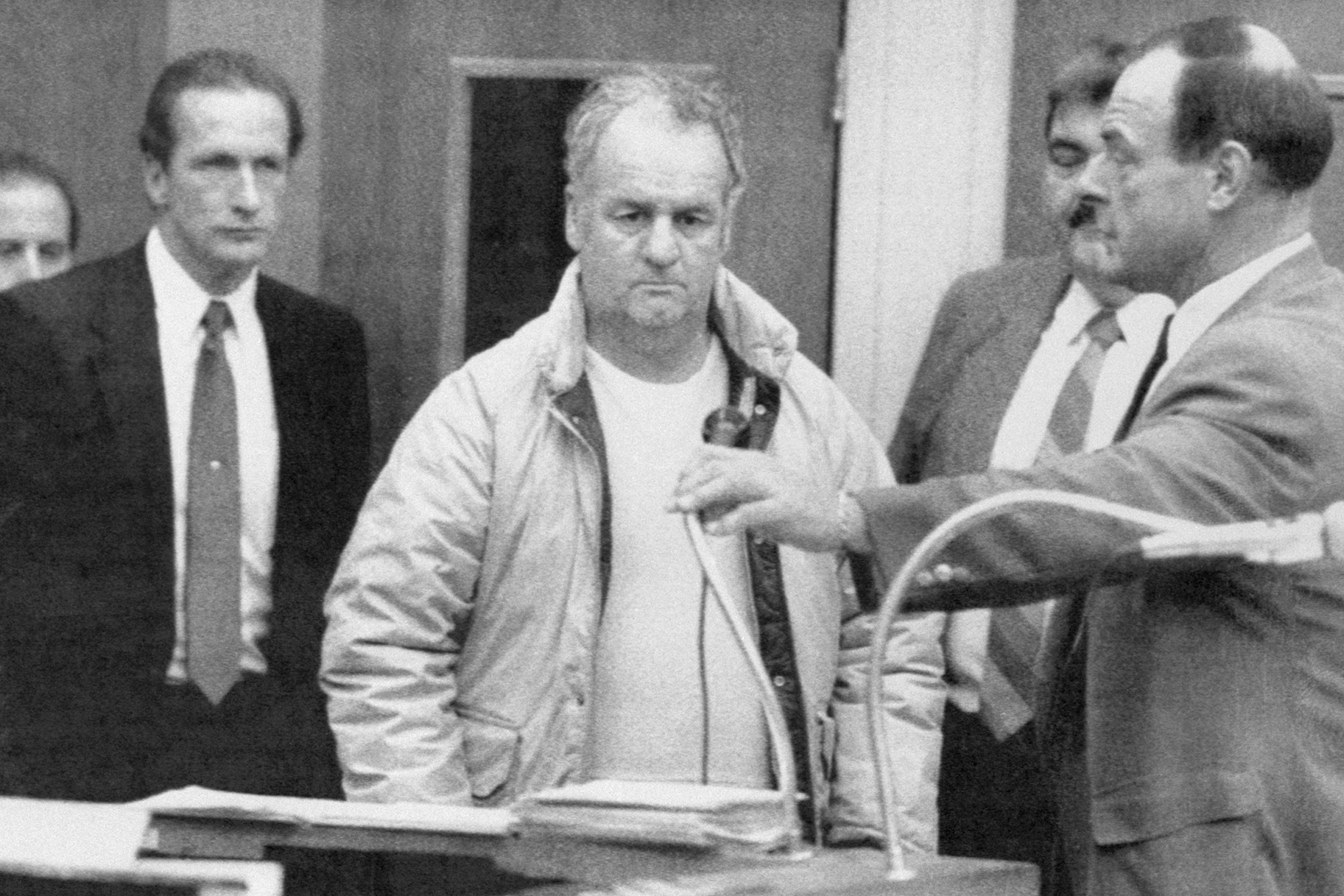Create a free profile to get unlimited access to exclusive videos, breaking news, sweepstakes, and more!
'He Should Suffer': Why Was Serial Killer Arthur Shawcross Paroled Before Murder Spree?
Serial killer Arthur Shawcross, whose drive to murder was analyzed by Dr. Dorothy Lewis, had been convicted in the deaths of two children in New York before ultimately securing parole and killing more.

Serial killer Arthur Shawcross murdered 11 women in upstate New York in less than a two-year span, but that murder spree could have easily been avoided had he remained behind bars for a pair of previous murders. So why was he let go?
Shawcross, also known as "The Genesee River Killer,” began murdering women in Rochester in March 1988. He mostly killed by strangulation, and many of his victims were not just slain but mutilated and cannibalized. In fact, as the new HBO documentary “Crazy, Not Insane” shows, he sometimes ate his female victims' genitals.
Forensic psychiatrist Dr. Dorothy Lewis — whose work on serial killers is the primary focus of the documentary — testified on behalf of Shawcross’ defense, which was a controversial move. She claimed Shawcross took on an alternate personality named "Bessie" when he murdered, and argued for Shawcross to be institutionalized instead of imprisoned. Lewis held — and still holds — the belief that murderers are formed, not born, thinking most, including Shawcross, are actually products of abuse and trauma.
Of course, many disagreed with this take. Renowned forensic psychiatrist Dr. Park Dietz, who consulted for both the FBI and CIA, dismissed Lewis' diagnosis and testified under oath during Shawcross' trial that he felt Lewis was inviting Shawcross to play various roles which in turn led to him making up "Bessie." He also told the producers of "Crazy, Not Insane" he believed multiple personality disorder is "a hoax."
Another factor hung over Shawcross' trial: the fact that he'd killed before and been given a second chance.
Shawcross killed 10-year-old Jake Blake and 8-year-old Karen Hill in Watertown, New York in 1972, the New York Times reported in 1990. He took a plea deal, admitting guilt to first-degree manslaughter for the girl’s death in exchange for telling investigators where he hid the boy’s body. Therefore, he was not convicted of the boy's death, and the plea allowed him to avoid murder charges altogether.
He was paroled in 1987, after his sixth application for release, and began killing again.
Following Shawcross' arrest for the 11 murders, relatives of the victims were outraged to learn that he was let out on parole after killing two kids, the Associated Press reported in 1990.
"He should suffer like my baby did,″ Diane Stanisci, the mother of murder victim Elizabeth Gibson, told the outlet.
Edward Elwin, who was the executive director of the state’s parole division, defended the decision to release Shawcross. He told the Associated Press that even if Shawcross were not paroled in 1987, he would have been automatically released in 1989 because of good behavior. He was considered a well-behaved inmate and he was given some apparent leniency due to serving in Vietnam.
Serial killer expert and author Peter Vronsky told Oxygen.com that Shawcross “was released early from his prison sentence, claiming he was suffering from PTSD (post-traumatic stress disorder) after fighting in the Vietnam War and then quickly went on to murder [...] women, because prison psychiatrists bought” his Vietnam trauma stories. The same Vietnam stories were brought up during his trial for the latter 11 murders, and his defense pointed to post-traumatic stress disorder as one of his ailments.
However, in his upcoming book “American Serial Killers: The Epidemic Years 1950-2000,” Vronsky noted “there were no records indicating he ever saw any combat or was wounded as he claimed while in Vietnam.”
Instead, Shawcross served as an Army clerk in a non-combat role in Vietnam, the New York Times reported in 1990.
Still, both he and Lewis claimed that he was exposed to combat, according to Vronsky’s book.
As the grisly details of Shawcross’ murders — he also claimed to have cannibalized two women in Vietnam —came to light during his 1990 trial, the parole board continued to come under fire for letting him out following the previous murders of the two children, the New York Times reported at the time.
''I can't conceive that a man with his background could have been released,'' Christopher J. Mega, who was a chairman for the State Senate Committee on Crime and Corrections, told the New York Times. ''I'm not looking to second-guess anyone now, but to make corrections so things like this don't happen again.''
As a result, then-Monroe County District Attorney Howard R. Relin, who was also president of the New York State District Attorneys Association, vowed to start campaigning for a law to allow prosecutors and the families of crime victims to testify at parole hearings. Victims can currently be present at parole hearings and they designate someone to be their representative to speak on their behalf during the hearings, according to the Department of Justice.


























